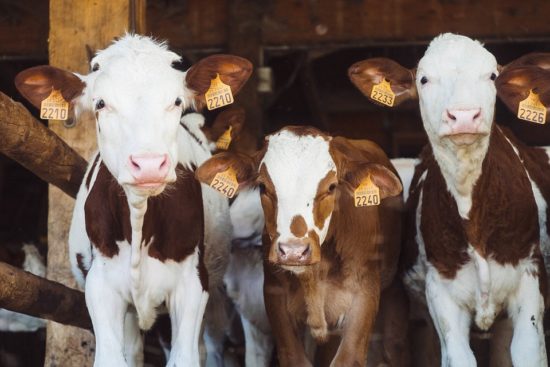Innovative nuclear and related molecular approaches for detection and characterization of antimicrobial resistance in animal production environment
Antimicrobial resistance (AMR) is an important global health concern and is considered to be
a pandemic in silence causing more than one million deaths annually. Antimicrobial drugs are
used in farm animals for therapeutic, prophylactic and growth promotion purposes.
Emergence and transmission of AMR in animal production systems is a major issue,
considering the fact that more than two-thirds of antibiotics sold globally are used on animals.
National AMR surveillance programs have mostly focused on the detection of AMR in
human health and in animals for food safety purposes, but little attention has been given to
animal production facilities. Active surveillance of AMR in animal production settings is
constrained by lack of guidelines, harmonized sampling protocols and cost-effective
technologies for detection and characterization of AMR. Most analytical methods are
focussed on detection of AMR/ARGs (antimicrobial resistance genes) in selectively cultured
bacteria, but it is important to note many microbial species are non-culturable/difficult to
grow. Stable isotope and molecular/genomic techniques offer powerful culture-independent approaches to detect potential antimicrobial resistance in farm animal environment samples.
AMR NEWS
Every two weeks in your inbox
Because there should be one newsletter that brings together all One Health news related to antimicrobial resistance: AMR NEWS!





